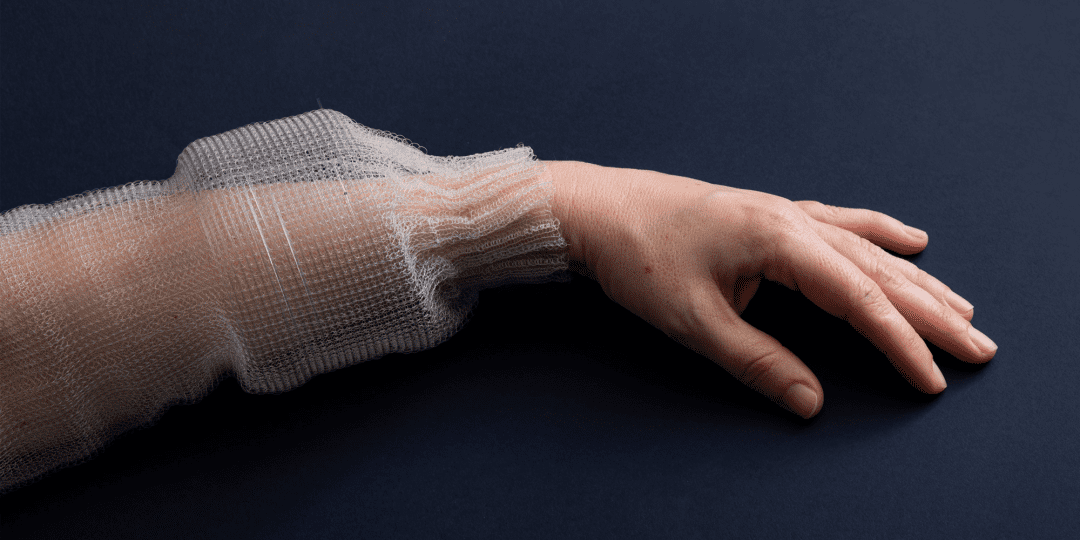Researchers at MIT have developed the world’s first digital fiber, which can sense, store, analyze, and infer activity after being stitched into a garment.
Fabrics with digital fibers can now reveal the context of hidden patterns in the human body, which may be utilized for physical performance monitoring, medical inference, and early illness diagnosis. You might be able to keep your wedding music in the gown you wore on the big day in the future — but more on that later. Memory, temperature sensors, and a trained neural network software for inferring physical activity are all included in the digital fiber.
Until recently, electronic fibers were analogue, conveying a continuous electrical signal, rather than digital, which can encode and interpret discrete bits of data in 0s and 1s. This study is the first to show a fabric that can store and process data digitally, giving textiles a new information content dimension and allowing them to be programmed physically.
Hundreds of square silicon microscale digital chips were placed into a preform, which was then utilized to make a polymer fiber, to create the new fiber. The researchers were able to build a fiber with a continuous electrical connection between the devices over tens of meters by accurately regulating the polymer flow.
The fiber is thin and flexible, and it can be threaded through a needle, stitched into textiles, and washed at least ten times before breaking down. When it is tucked into a shirt, you can’t tell it’s there. You would never know it was there if it was not pointed out to you. Making a digital fiber brings up new possibilities and addresses some of the issues that exist with functional fibers. It allows you to control individual parts inside a fiber from a single location at the end of the cable. Consider the fiber as a corridor, with the components acting as rooms, each with its own digital room number. The research team created a way of digital addressing that allows them to “turn on” the functionality of one piece without turning on all of them.
A digital fiber may also hold a large amount of data in memory. The researchers were able to write, save, and read data on the fiber, including a full-color short video file of 767 kilobits and a 0.48-megabyte music file. Without power, the files can be kept for two months.
The fiber also takes a step ahead in artificial intelligence by integrating a 1,650-connection neural network into the fiber memory. The researchers utilized the fiber to gather 270 minutes of surface body temperature data from a person wearing the shirt and examine how these data linked to different physical activities after stitching it around the armpit of a shirt.
This sort of fabric might provide a large amount of high-quality open-source data for identifying previously unknown body patterns. The fiber was able to detect with 96 percent accuracy what activity the person wearing it was involved in after being trained on these data.
The fibers might one day recognize and warn individuals in real time to health problems such as a respiratory decrease or an irregular pulse or give muscular activation or heart rate data to athletes during training, thanks to this analytic capacity. Because the fiber is controlled by a small external device, the next stage will be to create a new chip that can be linked into the fiber itself as a microcontroller.
We will call it a fiber computer after we have accomplished it.


